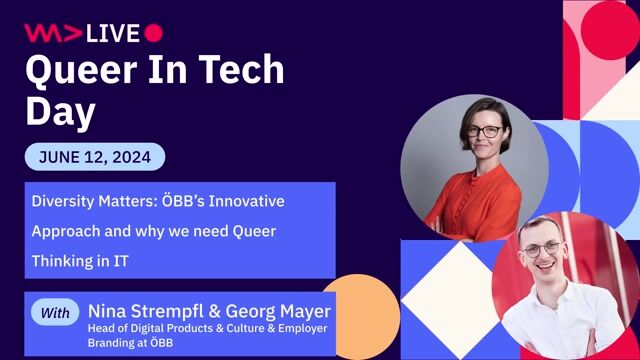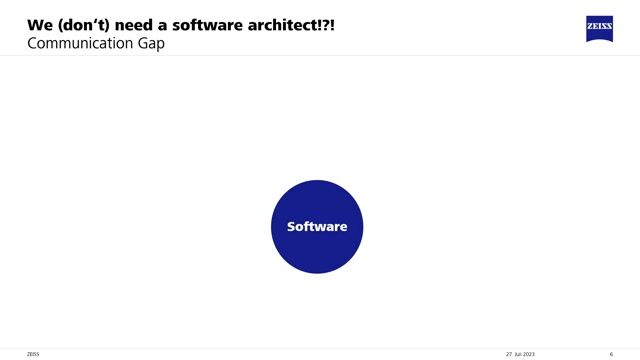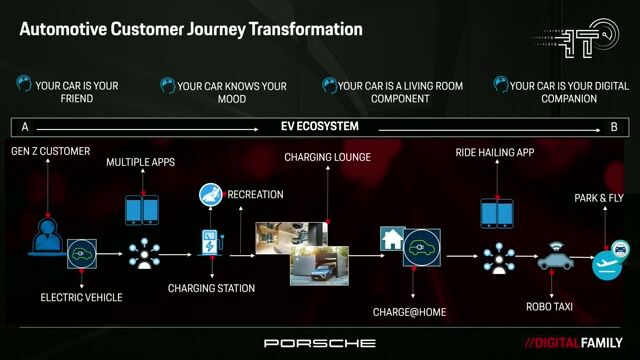Software Architect - Connected Railway Products
Role details
Job location
Tech stack
Job description
You will play a key role in the design and evolution of embedded and connected tools for the maintenance and supervision of all types of rolling stock (high-speed trains, regional trains, trams, locomotives, metros).
From capturing physical signals or network data to performing advanced computations, you will contribute to the development and global deployment of innovative products (IoT sensors, communication gateways, remote monitoring systems, etc.).
You will ensure the technical consistency, robustness, cybersecurity, and maintainability of the deployed software solutions., * Define the software architecture for embedded and connected systems (edge computing, IoT, cloud).
- Contribute to the drafting of technical and functional specifications.
- Collaborate with cybersecurity, cloud, and data teams.
- Ensure compliance with railway standards (EN 50128, EN 50155, etc.).
- Provide technical guidance to developers and validate technology choices.
- Support the implementation of continuous integration tools, automated testing, and monitoring.
- Participate in code reviews, technical audits, and technology watch.
Requirements
Do you have experience in Software architecture?, * Proficiency in embedded software architectures (C/C++, embedded Linux, RTOS).
- Knowledge of communication protocols (MQTT, CAN, and other railway protocols).
- Experience with IoT platforms (Azure IoT, AWS IoT, etc.).
- Familiarity with DevOps tools (GitLab CI/CD, Docker, etc.).
- Understanding of railway constraints (temperature, vibrations, functional safety)., * Engineering degree or equivalent in computer science, electronics, or embedded systems.
- Minimum 5 years of experience in software architecture, ideally in the railway or industrial sector.
- Strong analytical skills, rigor, autonomy, and team spirit.
- Good command of technical English., * Knowledge of TCMS tools and protocols.
- Familiarity with industrial buses and protocols (CAN, LS, UDP, etc.).
- Understanding of cybersecurity standards (IEC 62443).
- Knowledge of networking and wireless communication.










